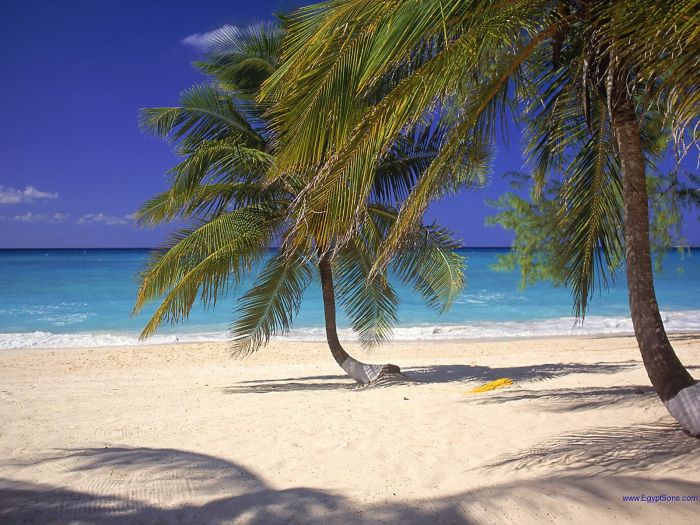Getting to Cayman and getting around. Our transportation tips will
help make your trip smoother. More good sand advice.
Entry Documents
US Passport
Airlines Flying Here
- Air Canada
- American Airlines
- British Airways
- Cayman Airways
- Delta
- jetBlue
- Southwest Airlines
- United
- WestJet
Airport
“Owen Roberts International Airport” is the largest passenger airport in the Cayman Islands and is located on Grand Cayman. Cayman Brac also has its own airport, “Gerrard Smith International Airport”.
Departure Tax
Included in the price of your airline ticket.
Driving
On the left - valid driver’s license required. A seat belt law is in effect which applies to every person in the vehicle including children. You can drive in Cayman provided you have a valid driver’s license & insurance coverage.
Local Transportation
2021
1. Public buses: The most common and affordable mode of transportation in Cayman is the public bus system. These buses cover major routes on the island and operate from early morning until late at night.
2. Taxis: Taxis are readily available in Cayman and are a convenient option for getting around the island. They are also regulated and have fixed rates, making them a safe and reliable option.
3. Rental cars: Renting a car is a popular option for tourists in Cayman, as it allows for more flexibility and independence in exploring the island. There are many car rental companies available in major tourist areas.
4. Water taxis: For those looking for a unique way to get around the island, water taxis are a great option. These boats operate between major ports and can be a fun and scenic way to travel.
5. Bicycle rentals: With its flat terrain, Cayman is a great place for cycling. There are many rental shops available, and some accommodations also provide bicycles for their guests.
6. Scooter rentals: For a more adventurous way of getting around, visitors can also rent scooters and explore the island at their own pace.
7. Shuttle services: Many hotels and resorts offer shuttle services for their guests, making it easy to get around the island without worrying about transportation.
8. Walking: Due to the small size of the island, walking is also a popular and convenient option for getting around. It’s a great way to explore the island at a leisurely pace and take in the beautiful scenery.



